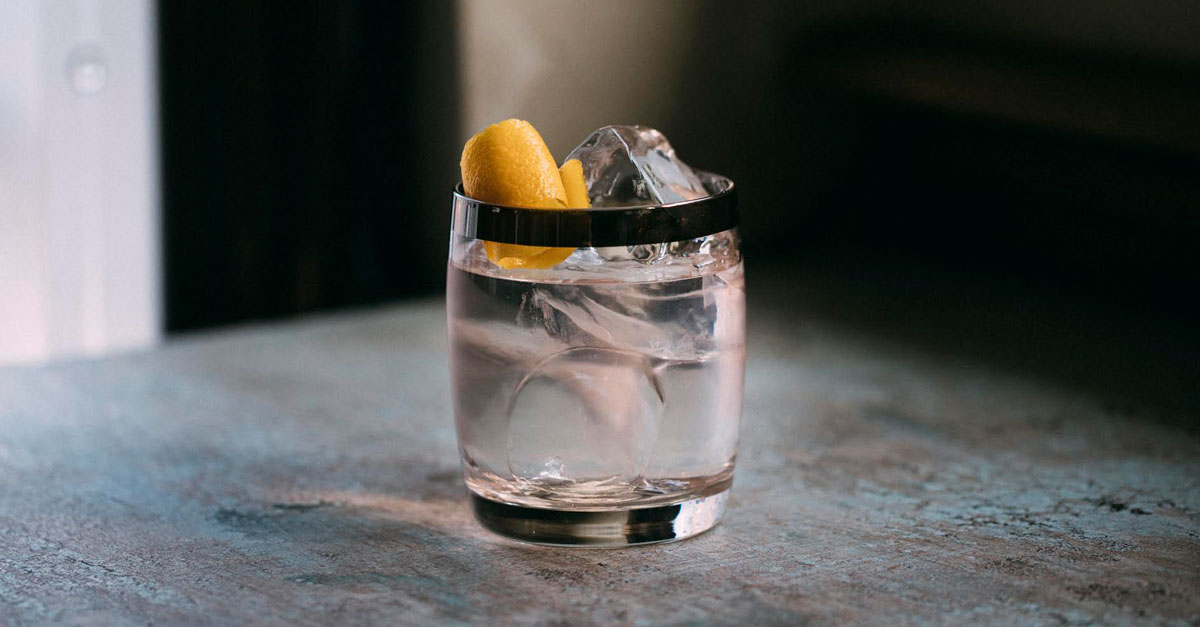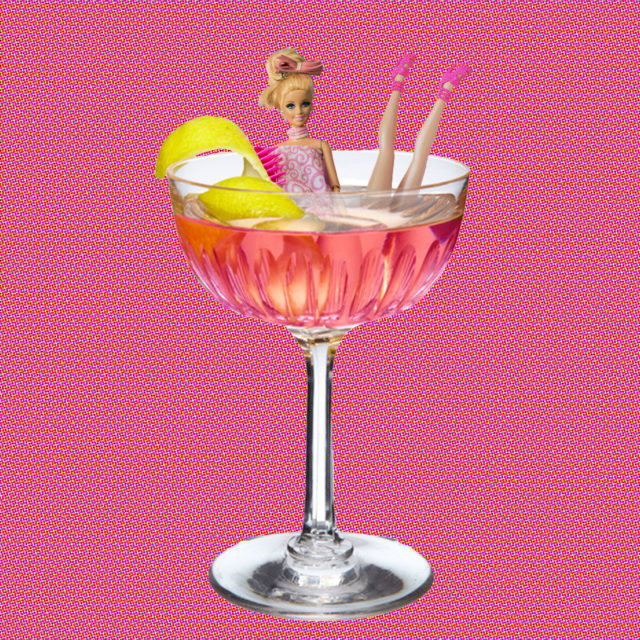Long before the advent of “Rosé All Day,” and before Beefeater and Gordon’s launched berry-flavored bottles, Pink Gin meant only one thing at the bar: a cocktail of gin and Angostura bitters.
“The Pink Gin cocktail has history,” bartender Tiffanie Barriere, known as “The Drinking Coach,” says. “It was a staple, as much as the Martini and the Martinez, in the 1940s and 1950s.”
A pleasant and equally boozy alternative to a Martini, the Pink Gin cocktail is made by simply stirring gin and bitters together over ice, providing dilution via melting ice. Add a little water or club soda and it becomes a bit lighter, and downright drinkable.
The Pink Gin has yet to resurge as a canonical classic like Negronis or Manhattans, even in an era when all pink drinks are seen as sure sellers. But could it?
Its merits are many, starting with its simplicity. “Gin and Angostura — what’s not to love?” Jessie Smyth, lead bartender at Genever in Los Angeles, says. Virtually every bar will have Pink Gin’s two ingredients, as will many cocktail fans with even a modest liquor stash of their own.
“I think it could make a meaningful resurgence with home bartenders,” says Sebastian Hamilton-Mudge, global brand ambassador for Plymouth Gin, who wrote a book on the cocktail and its history. “People look at Angostura and think, ‘I have a bottle of that in the back of the cupboard somewhere.’ It’s a simple serve.”
And it seems tailor-made for bartenders, who, as a group, tend toward the boozy and bitter. “It’s one of my go-to ‘industry shots,’” Keith Meicher, bar manager at Sepia in Chicago, says. “And done up in the least fancy way possible — just warm gin in a shot glass with a dash or two of Ango. It’s a great ‘bartenders’ handshake,’ so to speak.”
Cari Hah, bar manager of Big Bar in Los Angeles, agrees. “I rarely hear them ordered, but if anything, it’ll be a bartender who orders it,” she says.
To those outside the industry, a drink of gin and bitters — and nothing else — can sound like a tough sell. “I don’t crave them, or order them, ever,” says Hah. Even bartenders who are personally fond of the drink rarely, if ever, hear them ordered.
At Whitechapel in San Francisco, which takes a comprehensive, historic focus on gin, a Pink Gin in fact appears on the menu. “We wanted to present it in the most historically accurate way,” says partner Alex Smith, which is to say, navy-strength Plymouth and Angostura, served at room temperature. “We realized this was never going to be a huge seller, but it serves a more educational or experiential purpose for guests who are into that.”
That said, “it’s a very adaptable drink,” he says. “It can be chilled and diluted for a more modern palate.”
Hamilton-Mudge finds that when he orders a round of modern Pink Gins the way he likes them — with plenty of dilution, or perhaps even soda — those who try them are often amenable. “Even if it doesn’t immediately sound appealing, people taste it and say, ‘Oh, I can drink this. I like this,'” he says.
“Gin in general is really making a comeback,” Jessie Smyth points out, “as people realize there are so many different styles and flavors of gin out there.” According to Hamilton-Mudge, gin and soda is becoming more popular with the vodka-soda set of drinkers, those who are after a tall, crisp cocktail with no sugar. Just add a dash of bitters, and you’ve got a version of a Pink Gin.
And a pink drink is eye-catching. Hamilton-Mudge finds that, when he drinks one, others tend to ask about it. “It’s visually nice,” says Barriere. “I think it could work in the bars that incorporate it the right way. ”
Bar-goers might not yet be clamoring for Pink Gin, but with centuries of history, the cocktail’s not going anywhere. “There’s a gin out there for everyone,” Smyth says, “and Pink Gin could very well be the next thing to catch on.”

Recipe: The Pink Gin Cocktail
VinePair’s version of this infinitely customizable cocktail can be served in a coupe or Martini glass. Feel free to alter it to your preferences by serving it over ice in a rocks glass, or with a splash of soda water, if you’re so inclined.
Ingredients
- 2 ounces gin
- 4 or 5 dashes Angostura bitters
- Lemon peel
Instructions
- Express a lemon peel over a chilled glass.
- Add Angostura bitters to your glass, swirling them around to coat the bottom.
- Fill a separate mixing glass with ice, and add gin. Stir briefly to chill.
- Strain the chilled gin into your prepared glass. Garnish with lemon peel.
